Americans addresses have long adhered to a systematic approach. In most cities, the house number can indicate which side of the street the building is on— even numbers are always on one side, and odd numbers are on the other. Furthermore, the street name can often provide clues, despite ongoing urban changes, as to whether it is a major street in a busy neighborhood or a short suburban access road.
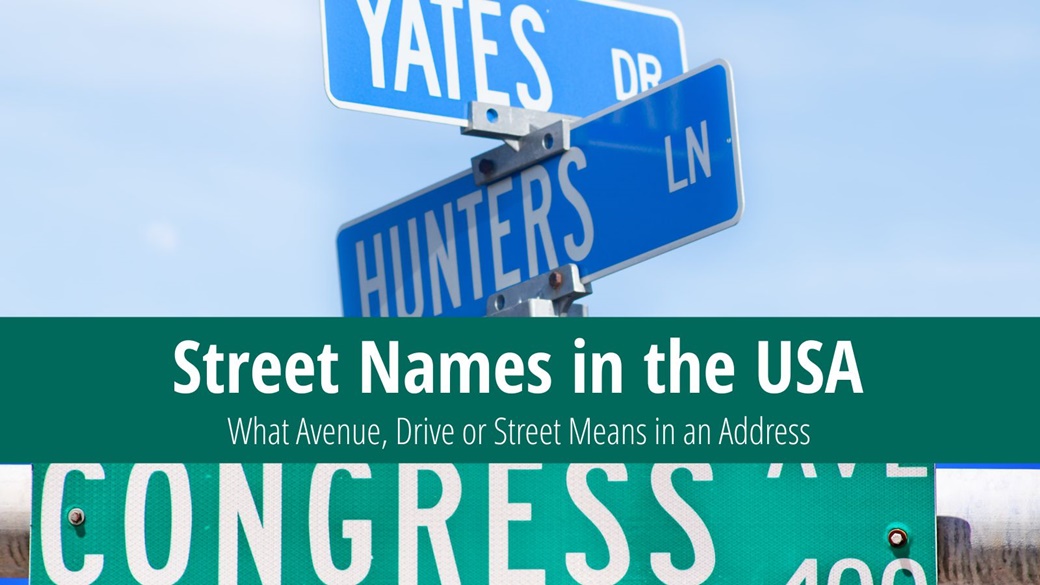
Table of Contents
The Meaning of Street Names in the USA
-
Alley
An “Alley” typically refers to a narrow lane between buildings, often found in historical parts of cities. Streets with this name are often paved and serve as rear access to buildings or pedestrian pathways. They are commonly lined with back entrances, trash bins, and garages.
In urban areas, streets named “Alley” form essential infrastructure for services and maintenance.
-
Arcade
An “Arcade” in the USA is a covered passage with shops on both sides, often characterized by older architecture featuring arches.
Streets with the name “Arcade” are typically social hubs, allowing people to shop in a setting protected from rain. These commercial passages are often adorned with historical elements and may include restaurants and cafés.
-
Arch
The term “Arch” for streets derives from their arched shape, and in some cases, they feature a bridge or historical arch. Streets named “Arch” are often prominent in areas with a rich history.
-
Avenue
An “Avenue” is a broad main road that often serves as a significant traffic artery, frequently lined with trees. A prime example is 5th Avenue in New York.
“Avenues” are commonly residential and commercial streets featuring shops and wide sidewalks, sometimes complemented by bike paths. They often connect important parts of a city and host parades and other public events.
-
Bay
In the USA, a “Bay” street is located near a bay or harbor. Such streets usually offer beautiful water views and are often lined with luxury residential homes or cottages.
-
Bend
Streets named “Bend” are characterized by a significant curve and are commonly found in suburban or rural areas. Their shape may be dictated by a natural obstacle, such as a hill or river.
-
Boardwalk
A “Boardwalk” is a wooden promenade running along a beach or waterfront. Some “Boardwalks” feature tourist attractions, shops, restaurants, or amusement parks. These are popular spots for walking and leisure, offering beach access and often scenic views.
-
Boulevard
A “Boulevard” is a major thoroughfare that may be lined with trees and greenery. These streets often feature wide sidewalks, bike lanes, and separated public transport lanes. Parks or significant streets are often located near “Boulevards.”
-
Circle
A “Circle” is a circular or oval-shaped street surrounding a park or another central space. “Circles” are commonly found in residential neighborhoods and often serve as popular community activity hubs.
“Circle” streets typically have low traffic, with an emphasis on safety and aesthetics.
-
Court
A “Court” is always a short cul-de-sac or square, typically surrounded by buildings. “Courts” are characteristic of residential areas, offering a peaceful setting with low traffic. These streets are often designed with an emphasis on privacy and community atmosphere.
-
Cove
A “Cove” street is located near a bay or other body of water, creating a serene and picturesque environment. Surrounding these streets, you will often find luxury residential homes and vacation properties. Some “Cove” streets include beaches and small harbors, providing access to water activities.
-
Crescent
“Crescent” streets are crescent-shaped and are mostly found in quiet residential areas. These streets are designed with aesthetics in mind, often including a central park or other green space. “Crescent” streets typically provide a peaceful and attractive living environment.
-
Drive
Streets named “Drive” are common in suburban or rural areas. They are typically longer roads with scenic views, which may pass through residential neighborhoods or natural areas. In some cities, “Drives” serve as connectors between main roads and local streets.
-
Esplanade
An “Esplanade” is a wide and open pathway, usually running along a body of water. “Esplanades” are primarily designed for pedestrians and recreational activities, offering beautiful views and access to natural scenery. Typical features include parks, fountains, and public art installations.
-
Garden
“Garden” or “Gardens” refer to streets and neighborhoods surrounded by greenery, parks, or gardens. “Gardens” are often found in residential areas with well-maintained green spaces, offering a pleasant and tranquil living environment.
-
Green
The term “Green” is used for open grassy spaces or squares, often located in the center of cities or neighborhoods. “Greens” serve as public gathering spots and may include parks or markets. In some cities, they host public events and other social activities.
-
Heights
“Heights” are streets located in hilly or elevated areas, often providing panoramic views of the surroundings. Due to their scenic vistas, they are popular for residential development. “Heights” streets may feature winding roads in picturesque settings.
-
Hill
A “Hill” street typically refers to a steep incline, offering beautiful views of the surrounding landscape. These streets are highly sought after for residential living, though transportation can be more challenging due to the incline.
-
Lane
A “Lane” is a quiet road or alley, most commonly found in residential and rural areas. These streets are characterized by low traffic and a peaceful environment, often surrounded by trees and gardens.
-
Loop
A “Loop” is a road or street that always has a circular or arched shape. “Loops” are often part of larger road systems, providing efficient transportation and access to various parts of a city.
-
Mall
“Mall” refers to a pedestrian zone or street with shops, often located in city centers or shopping centers. Areas labeled as “Mall” are designed for commercial activities and may include shops, restaurants, or entertainment venues. These are popular spots for shopping and social gatherings.
-
Manor
A “Manor” refers to streets or neighborhoods with large, luxurious residences or historical buildings. These addresses are often associated with exclusivity and high living standards.
-
Park
“Park” streets surround or lead to a park, often found in residential neighborhoods. Streets named “Park” provide easy access to recreational areas and nature, frequently serving as venues for family and community activities.
-
Path
A “Path” refers to a pedestrian or cycling trail, often located in parks or natural settings. These paths may connect different areas within parks.
-
Place
A “Place” is a short cul-de-sac or square, commonly found in urban or residential areas. “Places” are usually quiet and provide privacy for the surrounding buildings.
-
Plaza
“Plaza” refers to an open space or square that typically features shops, offices, restaurants, or cafés. These spaces often attract a large number of people.
-
Promenade
A “Promenade” is a wide pathway for pedestrians, often located along a park or body of water. “Promenades” are designed for leisure activities, offering scenic views and access to natural landscapes.
-
Road
“Road” is a general term for a major street, often connecting different places or even cities. Addresses including “Road” can be found in both urban and rural areas.
-
Square
A “Square” is a plaza surrounded by buildings on all sides. These areas serve as activity hubs in cities and may include parks or markets.
-
Street
“Street” is a general term for urban roads or streets, often lined with commercial and residential buildings. These are the main arteries of cities, used for transportation, shopping, or living.
-
Terrace
“Terrace” refers to streets on a slope or with a view, often surrounded by homes with terraces or gardens. “Terraces” are usually quiet and are popular residential addresses.
-
Trace
“Trace” refers to historic streets in smaller towns, which are typically shorter and known for their charm.
-
Trail
A “Trail” is a cycling or pedestrian path, most commonly found in urban parks, in national parks, or in natural settings.
-
Viaduct
A “Viaduct” is a roadway that runs over a bridge, often spanning a valley or other obstacles. It facilitates crossing and serves as an important transportation link.
-
Walk
A “Walk” is a pedestrian pathway or street, often found in parks or densely built-up areas. These have been specifically designed for pedestrian use or recreational activities and are often lined with greenery or sculptures.
-
Way
“Way” is a general term for a street in residential or urban areas, designed for various types of transportation.
-
Wood
“Wood” streets or roads run through or are surrounded by forests. These streets usually provide a peaceful natural setting, making them popular for residential and recreational activities.

 10 Best Photo Places in the USA
10 Best Photo Places in the USA
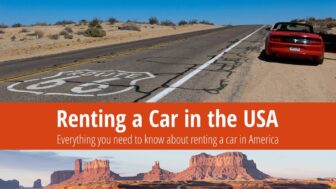
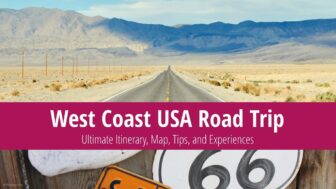
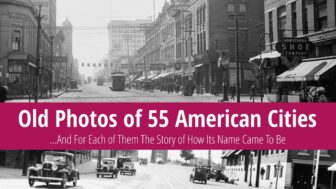
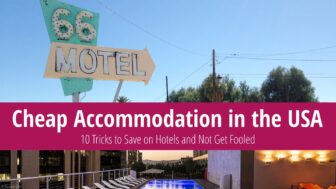
Contribute with Your Question or Personal Experience